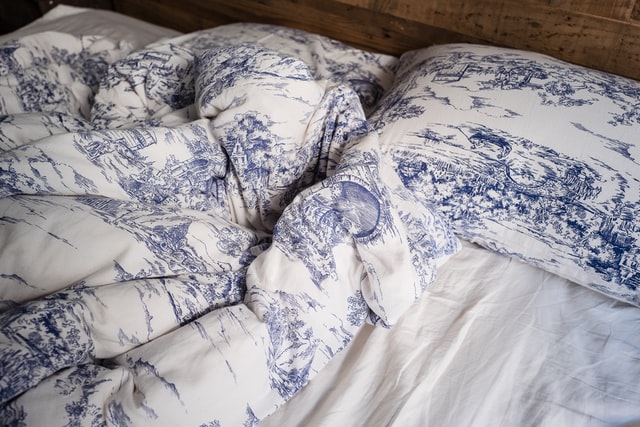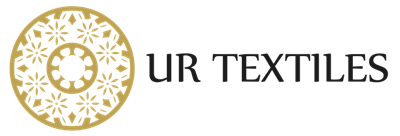What is printed fabric said by China printed fabric factory
China printed fabric factory says that printed cloth is made of grey cloth and printed paper at high temperature. It is also a kind of cloth.
Printed cloth has been more popular in the Tang and Song dynasties.
In the Ming and Qing Dynasties, printed cloth was very popular, even reached the peak of the whole ancient period, and was deeply loved and sought after by many people.
Advantages and disadvantages of printed fabric
China printed fabric factory says that printed cloth is a kind of fabric handed down from ancient times. The overall processing technology is very simple.
It can be handed down today because it has many advantages.
The following is a detailed introduction to the advantages and disadvantages of printed cloth fabric.

Advantages of printed fabric analysed by China printed fabric factory
1.The advantage of printed fabric is that the patterns are diverse and beautiful, which solves the problem that there was only pure color cloth without printing in the past.
2.It enriches people’s material life enjoyment, and the use range of printed cloth is very wide.
It can not only be worn as clothes, but also be mass produced.
3.It has rich history and culture. It is a fabric handed down from ancient times.
Its processing skills are relatively primitive. Its color is close to farm life and has the characteristics of simplicity and nature.
4.With good quality and low price, ordinary people can basically afford it and are loved by them.
Disadvantages of printed fabric
1.Due to the early processing technology, the pattern of traditional printed cloth is relatively single, and the color and pattern are relatively limited.
2.Printing cannot be transferred on pure cotton fabrics, and decolorization and color loss may occur after printing cloth is used for a long time.
What can printed cloth be made of
In ancient times, it was often used as cloth for dowry bedding, clothes, shoes and socks.
China printed fabric factory says that because printed fabric is a kind of fabric with patterns, and its patterns are various, beautiful and fashionable, which breaks through the singleness of solid color fabric and enriches people’s material life enjoyment.
Introduction to printing process
1.Screen printing
China printed fabric factory says that printing through a screen. Let the color paste pass where printing is needed, and seal the place where printing is not needed with polymer.
Therefore, a color needs a screen. Printing has high requirements for flowers, and a slight deviation will cause color overlap.
2.Circular screen printing
China printed fabric factory says that circular screen printing refers to the printing of color paste by rotating the shaft on the hollow pattern.
Circular screen printing has high efficiency and large output, but it is limited in color.
3.Transfer printing
It refers to printing pattern on a specific gravure paper with disperse dye and ink to make heat transfer printing paper.
China printed fabric factory says that then print the corresponding pattern on the fabric under the condition of high temperature and high pressure of about 210 ℃ 400t.
Its advantage is that it is very high-grade and can be different from other printing patterns. The difference lies in the clear hierarchy of printing patterns.
The color matching of printed cloth is also a university. There are dozens of colors, such as the matching of colors, the transition of colors, the contrast between light and dark.
The color printed cloth has the saying of “seven red, eight green and twelve blue”. It can be seen that there are many and complex color matching types.
Only if the colors are matched well, the whole picture can be colorful, bright, eye-catching, well-organized, harmonious and natural.



